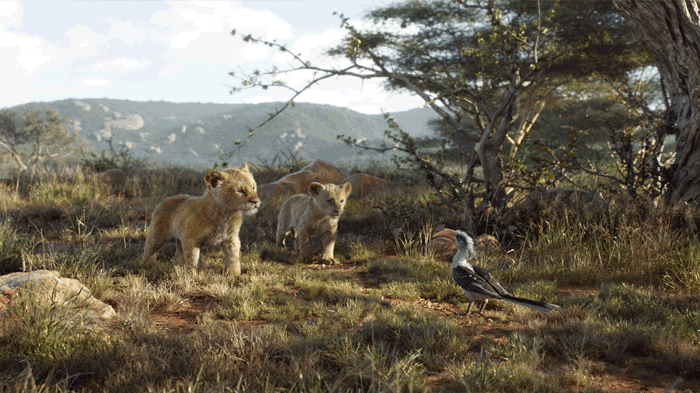
Disney’s live-action remake The Lion King has remarkably scored glorifying in numbers at the global box office as it officially transcended $1 billion mark. From the creation of the fantasy land Pride Rock to the creation of the characters, music, background score, the bond of father Mufasa and son Simba and the presentation of the circle of life with simplicity has kept the visual grandeur of the movie shining in the midst of box office. To show such diversity on the screen at a time it was not possible without the use of visual effects. MPC film a division of Technicolor, specialised in visual effects has made it a reality on screen. MPC Film’s VFX and CG work for the movie might be considered as one of the key reasons behind the success of the movie.
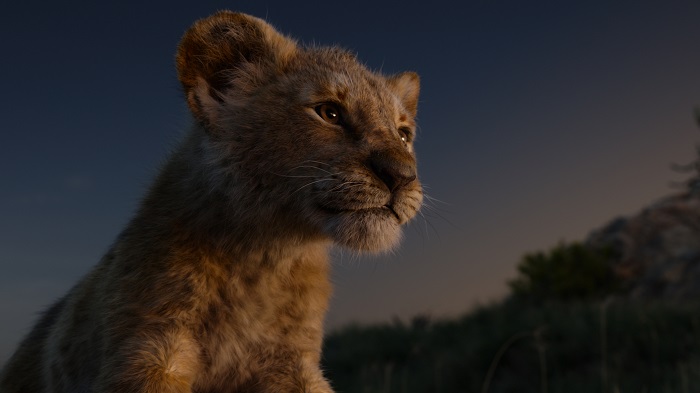
MPC Film has earlier worked with Disney in the making of Cinderella, Dumbo, Maleficent and many more classics. For The Lion King, the whole MPC Films VFX team has worked closely to set a benchmark what can be possible with computer-generated animation. It was an experimental form of filmmaking that, through VR, allows studios to shoot virtual sets with old-fashioned direction and analogue camerawork.
In conversation with MPC’s visual effects supervisor Elliot Newman we get to know how he got associated with the film he said: “I had worked as CG Supervisor on The Jungle Book and so I just put my name forward on this project as I felt I had the right skills to offer.” MPC Film has delivered 1490 final VFX shots for the movie which involved two and half years of hard work by the team. Newman further revealed that the “post-production was around about two years but with the D23 teaser it was two and a half years of post-production.”
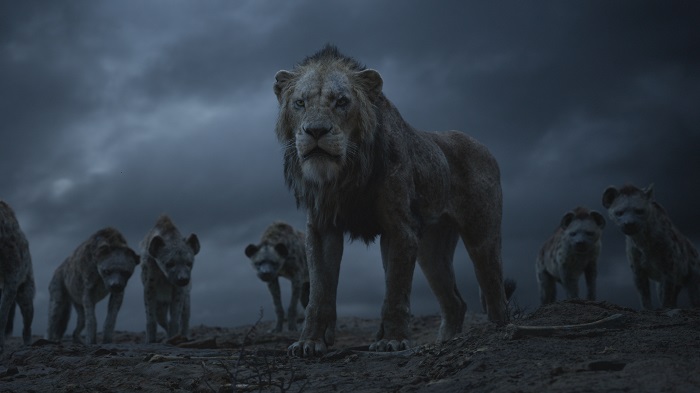
In addition to that MPC had to build 17 hero characters, 63 unique species and 365 variations in total creatures for the movie and he expressed without the team it wouldn’t be possible. He expressed “team is great, many artists across many different skillsets and disciplines – they are all the experts in their fields and I am very grateful to have worked with so much talent and knowledge.” Here is the excerpt which will give a deeper insight into the VFX work of the movie:
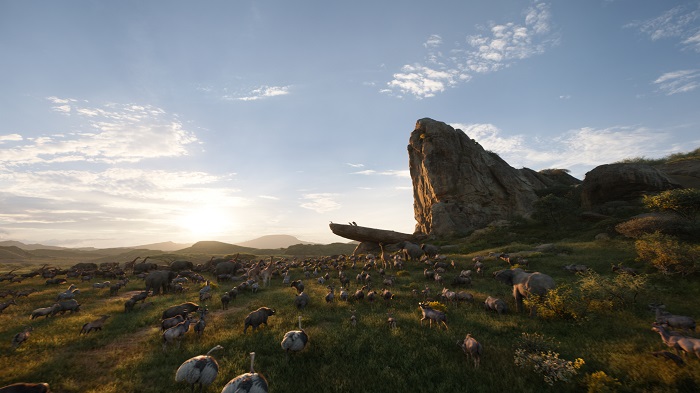
How did you approach it when you were first told about it?
At the start, a lot of the discussions were about getting the virtual production tools, crew, workflow and more. up to speed. We also had to do a short teaser for the Disney 23 expo in the summer of ’17 which kept me quite busy from the start.
Could you share a little on the unique techniques and trends incorporated on the show?
Most of the new techniques were focused around the virtual shoot, where we needed to build an entirely new pipeline to support the needs of recording shoots in the Unity environment. We developed methods for translating scenes from Maya, into Unity and then offline rendering selected shoot takes which would then form the early cut and turnover to VFX. Most of the existing MPC VFX pipeline that we used on The Jungle Book was also used on this movie, but we optimised workflow, toolsets and other parts of our tech to be able to literally upgrade every part of the process. This enabled us to extend what already worked but also upgrade the visuals as much as possible.
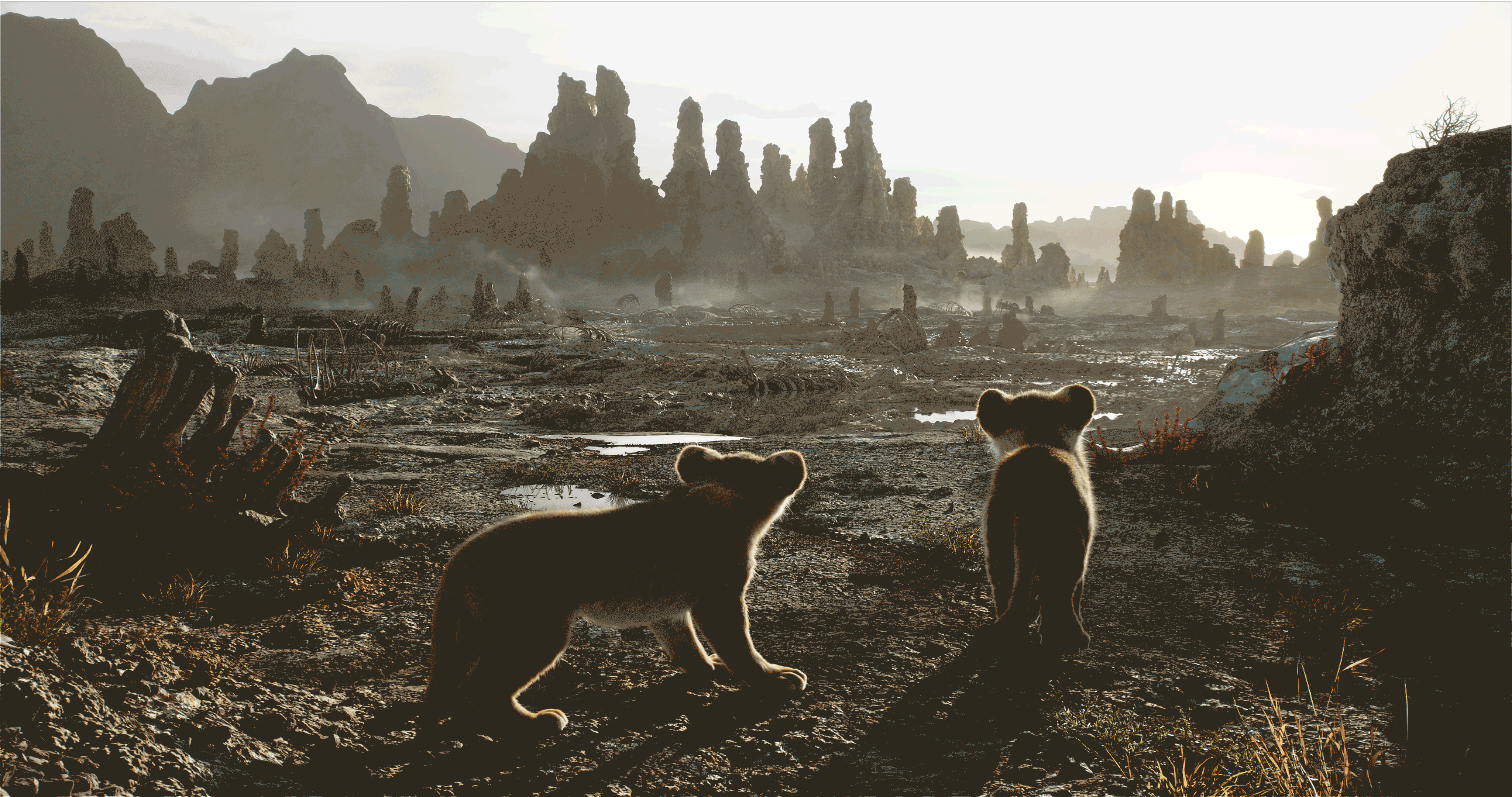
The presentation ceremony of cub Simba was mesmerizing, can you please describe how MPC created it?
It was a challenging sequence, every shot was different, contained different animals, environments, lighting conditions – we had to work each shot up, one by one. Baby Simba was obviously the pinnacle of that sequence, so getting him looking cute and realistic was also quite challenging, the camera is very close when he’s nestled into Sarabi so we had to make sure all the detail was available in the fur and the twinkle in his eyes but also that the lighting was sympathetic to the softness of that story point. We also had to work on our crowds; we had a lot of animals to render in each shot so we had to make sure we could control the level of detail in a way that would resemble the fully detailed assets but from a distance.
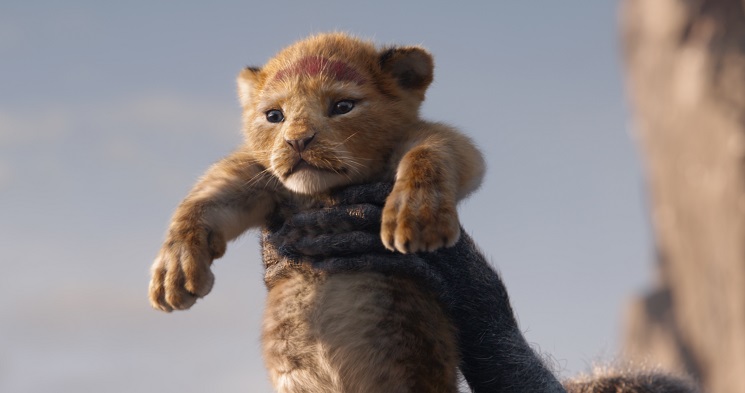
Could you tell us more about the creation of Simba, especially when he was a cub?
Simba was one of the first characters we developed and as such, he became the testing ground for a lot of the upgrades we wanted to employ. Of course, being the hero, we also needed to get his look just right, so a lot of time was spent on refining the quality of his fur, the detail we see in it, the anatomy of his eyes, so we could get light into them from different angles etc.
The attack of the wild boars and death of Mufasa were quite tragic. How did MPC create them visually?
It was a hard sequence as it contained a lot of ingredients; it is also a large sequence, so the scale of it was a lot to manage. It started with the environment build, which we created with a lot of procedural detailing to allow us to surface vast areas of canyon walls and floor so that we didn’t lock ourselves in too much with any particular camera in terms of the level of detail. Once the stampede was in progress, animated in as both crowd simulations and hero animation clips, we started to develop the dust simulation and the interaction with all the gravel and stones on the ground. Lighting was challenging as we needed to get light into the canyon but it’s surrounded by high walls, so keeping the light at the appropriate height required us to plan around some of the set geometry but also we had to use blockers from time to time as the indirect bounce light from the canyon walls was introducing a lot of warm bounce light which was not always wanted.
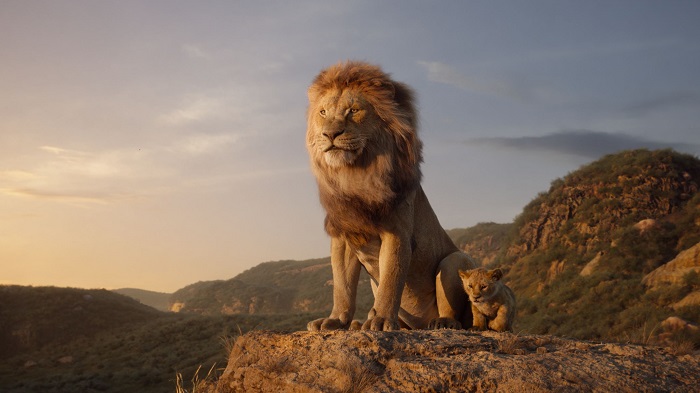
The landscapes and the minute details of the characters were so lifelike. Could you share how MPC made it so real?
We always work from real reference and handcraft all the details in the model, the groom, the anatomy in the rigging, the colour and texture work, the animation. A lot of observing the details you see on real animals, the way they move, the direction of the individual strands of fur, the rough texture detail on the surface of their tongues – it was all just artistry and technology coming together, with the grounding always being a real-life animal reference.
What were the pressure points for the team in creating the movie?
The scale of it all was pretty daunting – we had a lot of very high quality, high complexity CG to produce and the added pressure was that it was The Lion King – a movie that is so iconic and important to so many people’s lives, we really had a lot on our shoulders to make sure that we did not disappoint and that we had to please Jon. I think one of the most complex parts was managing the rendering, it is a very time-consuming process and so it requires methodical planning from the entire team including the technology groups, to make sure we delivered on time.
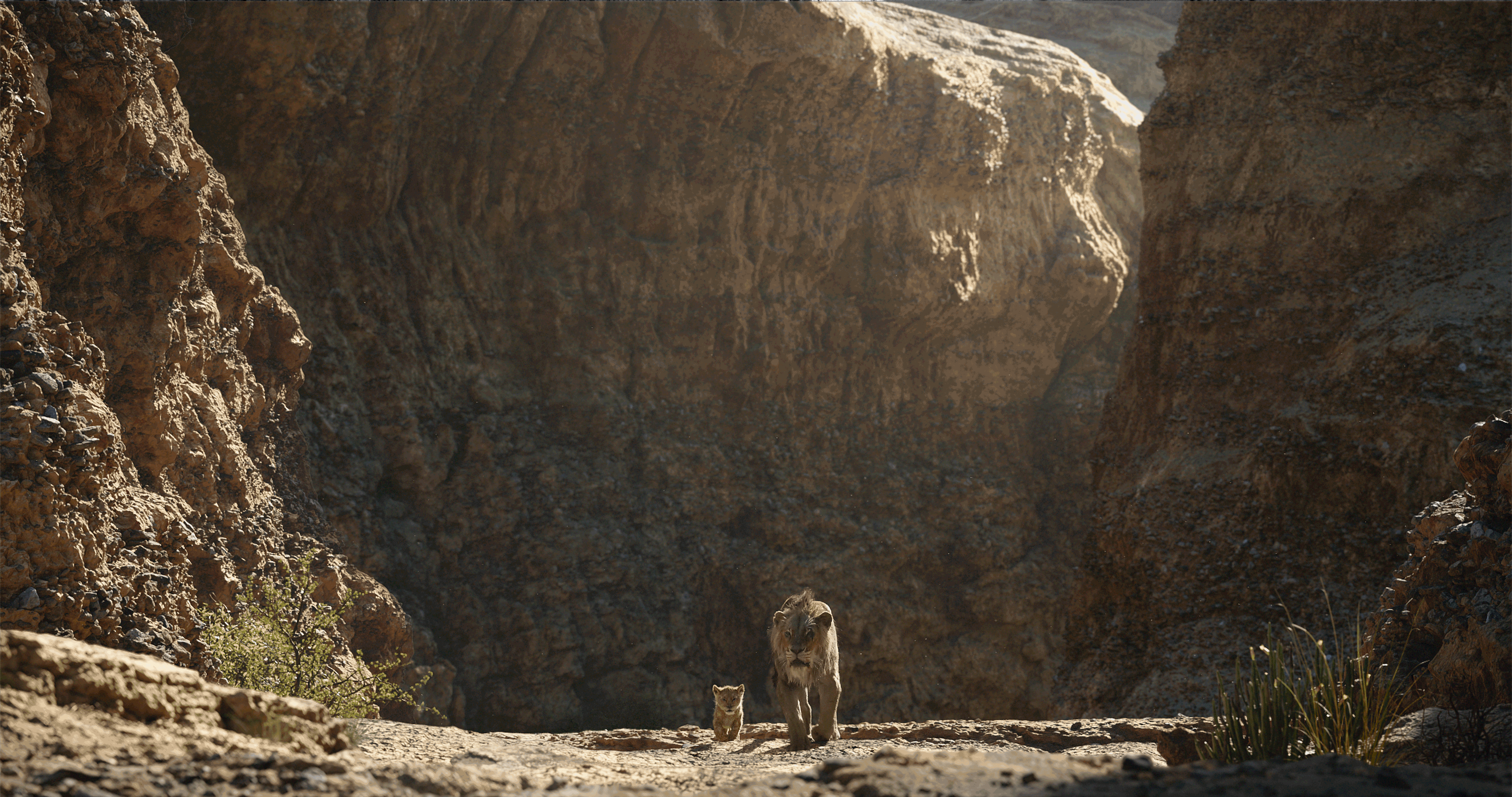
The inclusion of Timon and Pumbaa was such a comic relief post the death of Mufasa and Scar took over the throne. These scenes were visually quite interesting. How did MPC work on them?
The scene we see Timon and Pumbaa for the first time is in the desert, where we had a very arid landscape of dry and cracked earth. We wanted it to feel really hot and the solar energy needed to feel just right. We had developed a way of improving how we capture real lighting from our location shoot in Kenya and this allowed us to simulate the real intensity of the middle-day sun so that when you watch that sequence, you really believe they are being pounded by intense sunlight.
I think the animators had a lot of fun with Timon and Pumbaa, as so many of their scenes together have them interacting, either Timon is crawling over Pumbaa or they are reacting to what the other one is saying!
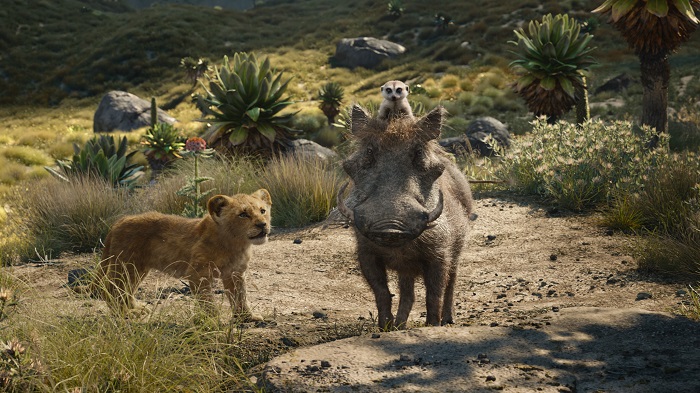
Can you share the VFX details of the climax scene when Simba returned to the jungle and overruled Scar?
For this part of the movie, we had to build a version of the pride lands environment that was a wasteland with bones and dead foliage scattered across what was previously a very rich and lush landscape. At the start, when Simba returns to confront scar on pride rock, we wanted to promote the drama of the scene by pumping up the wind blowing in Scar’s mane, we also had the thick layer of clouds moving behind him, to generate a sense of vertigo as the confrontation developed on the edge of the plinth rock.
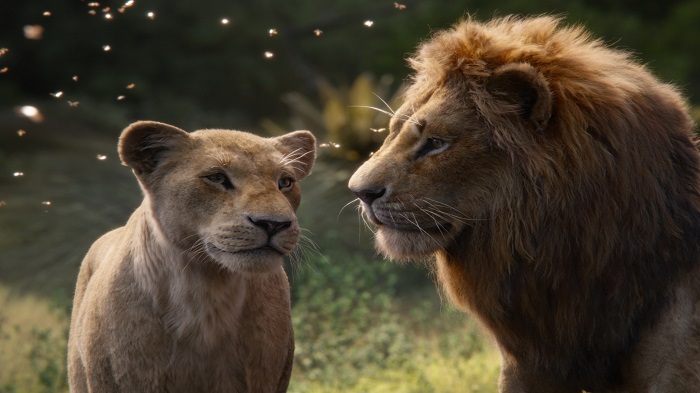
Then, as the story developed, we had some really complex fire and smoke simulations – all of which are simulated, we didn’t use any footage for the fire FX. When Simba fights Scar at the top, we had a number of slow-motion shots, so we needed to ensure all the skin and muscle movement was portrayed correctly and felt dynamic.
Would you like to share any fond memories during the making of the movie?
For me, it was working with the MPC crew, it was a special movie for us all to work on and it was very obvious how much the movie meant for everyone that worked on it. I am very proud of our collaboration and enthusiasm towards making such an iconic movie.

